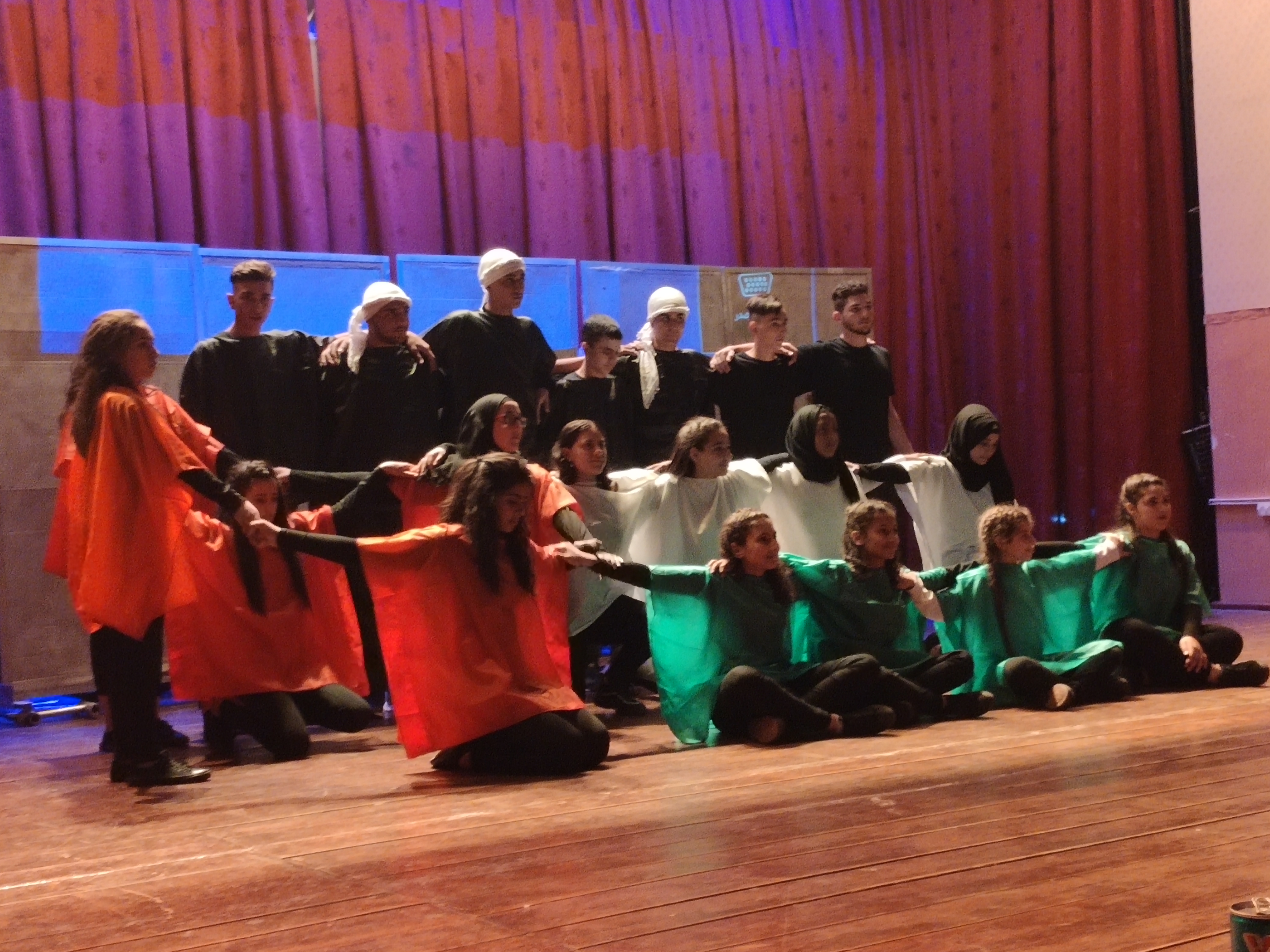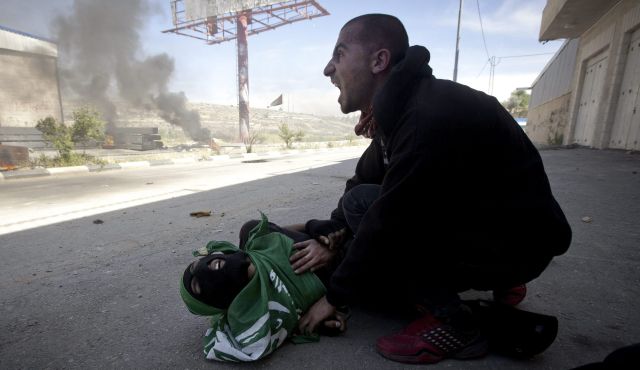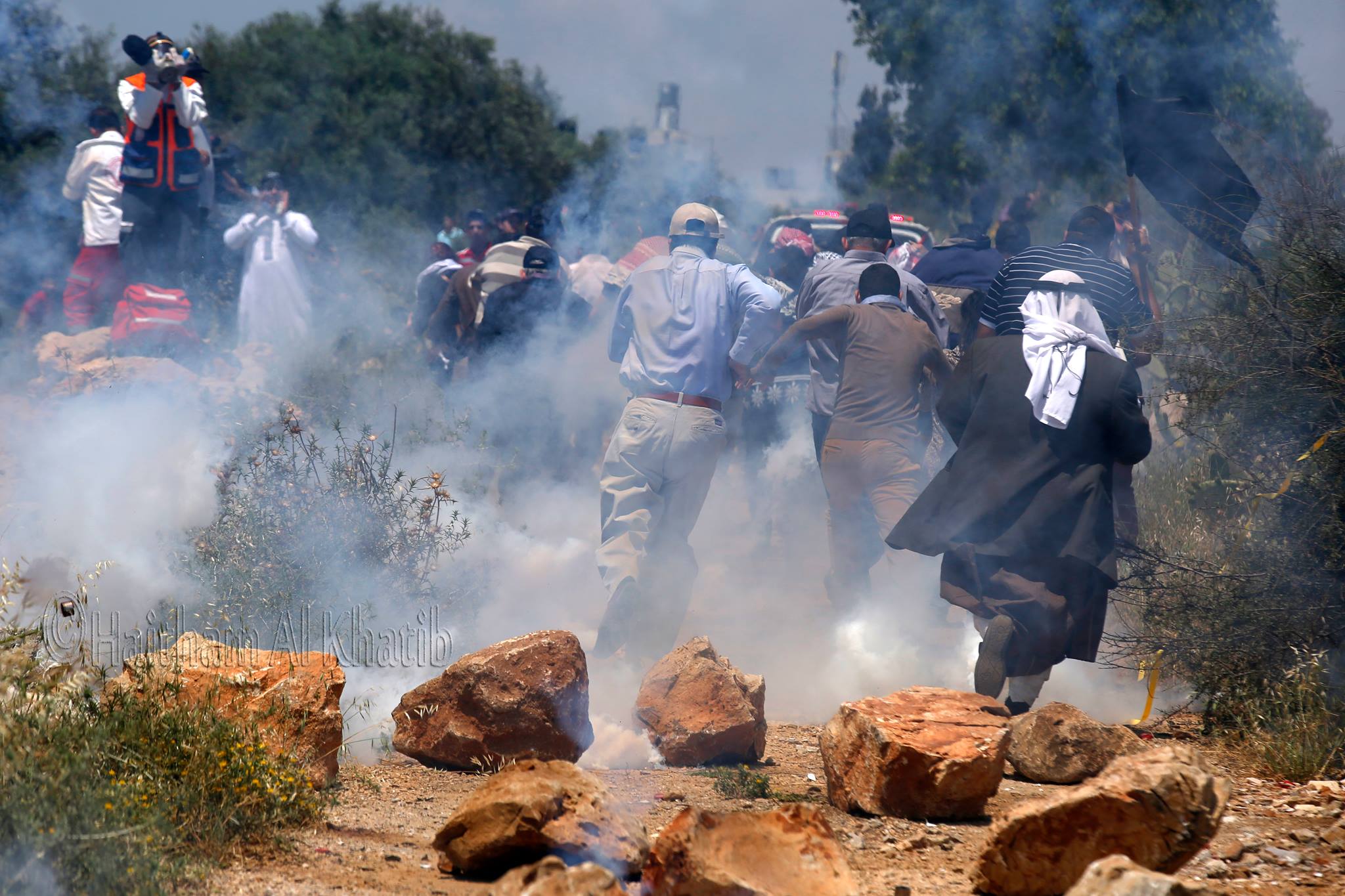Tag: Al Nakba
-
Telling old stories in a new way: Palestinian dabke
At the first annual Hebron Festival, an event organized by the Hebron Municipality to celebrate the culture and history of Palestinians in Hebron, students from across the West Bank put on a theatrical performance, telling of life and history in Palestine through a play combined with music and dabke.
-
Recollection and memory, Al-Nakba continues
15th May 2015 | Karam (Muhannad) | Ofer military prison, Occupied Palestine The following post is written by the medic that was present on the scene on May 15th 2014, during the killing of Mohammad Odeh and Nadeem Nuwwarah as protesters commemorated al-Nakba near Ofer Military Prison. During Nakba day commemoration, Birzeit’s student council were trying to…
-
Day of Rage: commemorating Nakba day in Ni’lin
15th May 2015 | International Solidarity Movement, Al Khalil Team | Ni’lin, Occupied Palestine On Friday 15th May 2015, hundreds of Palestinians from all over the West Bank traveled to Ni’lin for a mass protest commemorating the 1948 Nakba (‘catastrophe’). The local villagers were joined by a large amount of other Palestinian protesters, as well as Israeli and international solidarity…



